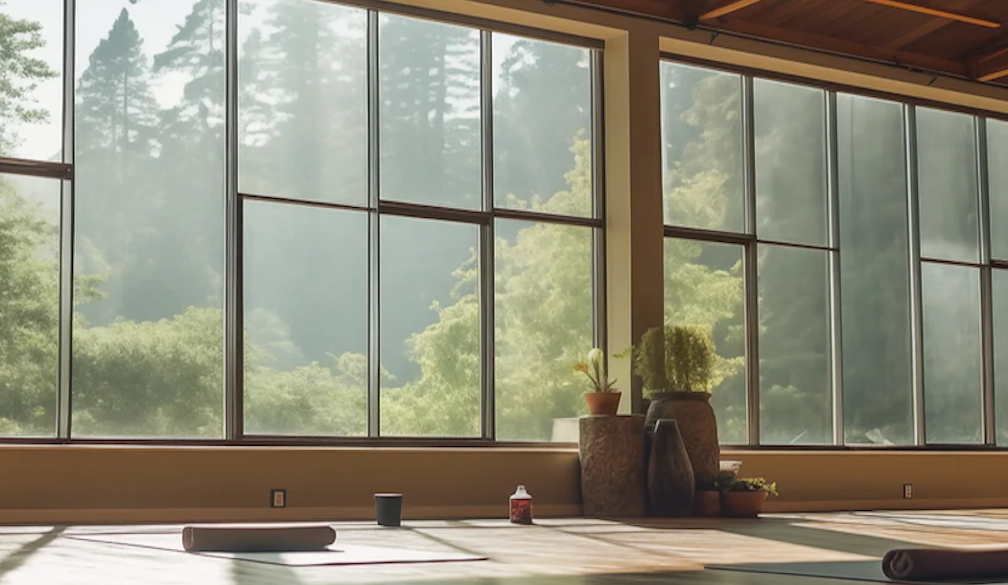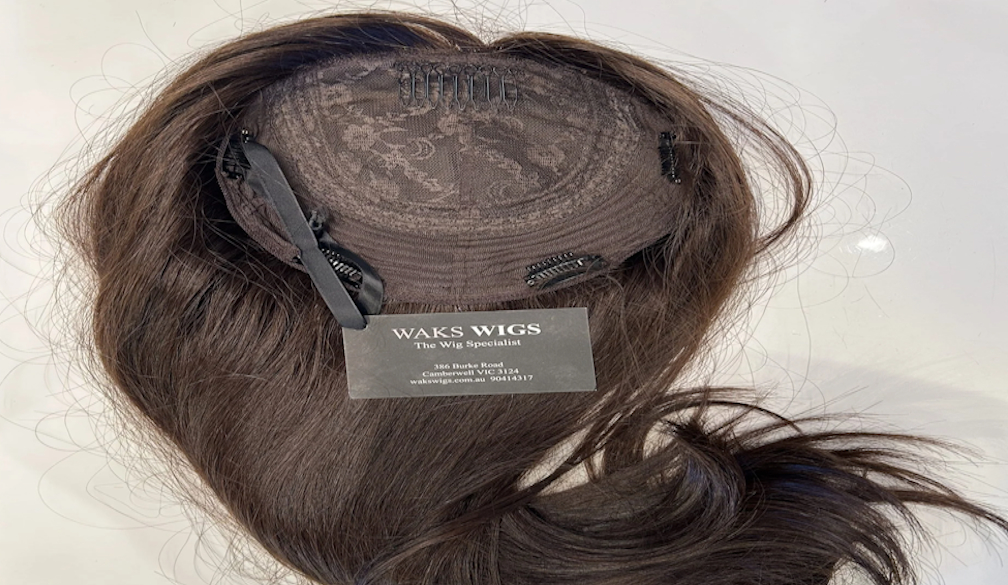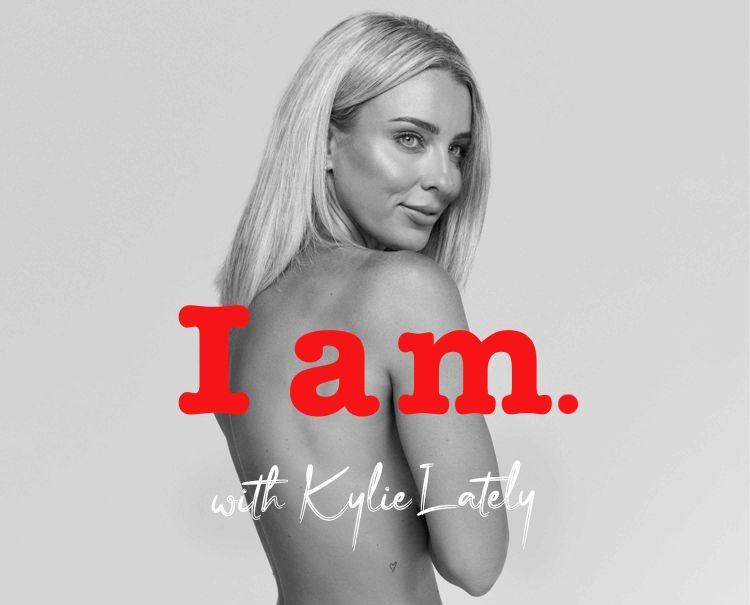The Toxic Truth About House Paint

It’s Saturday, and on the to-do list is to grab some nitrate free meat, some organically grown bananas and BPA free storage containers, then head to the hardware store for can of benzene, toluene, dichloromethane with an optional splash of cadmium. Then it’s home to put the groceries away in an eco-star rated fridge, before coating the inside of your bedroom in volatile organic compounds (VOCs). House paint. It defines our mood, sets a scene, lightens and brings warmth and light to our lives. The wrong house paint however, may be introducing a bubble of toxic chemicals to your home. While you breathe in the smell of fresh paint.
VOCs in Australian House Paint
VOCs in paint are completely legal in Australia. There are no environmental laws banning VOCs. The federal government restricts the level of VOCs in your house paint to 250 grams per litre in flat finishes or 380 grams per litre in glossy finishes. That’s, around a third of the tin made wholly of highly toxic chemicals. These levels are considered “Very High” under CSIRO safety guidelines.
“From an industry point of view, we can’t risk customer health but also, we are sending painters out to jobs all day every day and we would never risk their health. Toxic paints may be cheaper and used by cheap and cheerful painters, but you can’t put a price on staff and customer safety,” said Stephen Cochrane, of AJ Cochrane Painters Perth.
Eco House Paints
Like lead, and asbestos the building industry again faces criticism for using unsafe materials. The rise of the eco paint mitigates risks to customer health, and to future legal problems like those faced by James Hardie in the wake of asbestos mining cases. So what is an eco house paint exactly? Eco house paints contain less than 0.5 grams of VOCs per litre of paint. And, they’re readily available in Australia now. The catch? Low VOC house paint may come in limited colours and gloss levels and, be more expensive.
Mitigating Risks When Choosing House Paint
That Saturday morning run to the hardware store may leave you feeling like you’ve nabbed a bargain. A tin of semi-gloss in the dream colour for $7 cheaper than the big brand name. What’s in that $7 saving? VOCs probably. It’s cheaper to make high VOC paint. There’s less research involved. There’s less modification to achieve the right colour and gloss level.
-
Don’t rely purely on the labelling. Toxic chemical labelling is regulated as workplace health and safety and the legislation is widely criticised for being “easy to get around”. This especially applies to paint manufactured off shore.
-
Request a safety data sheet. When you buy your paint, request the safety data sheet for the tin you’ve selected (or download it from the manufacturer’s website prior to purchase). If there is no safety data available, then, there may well be a good reason for that.
-
Safety data is confusing. All paint will have some risk factors highlighted. These may or may not be relevant. Don’t eat paint. Don’t put it in your eyes. Don’t let children drink it. While these are great safety tips, you may need to dig a little deeper to understand the more obscure chemicals and risks listed on the data sheet.
-
Buy Australian made. House paint is still manufactured right here in Australia, under our regulations. Why does it matter? The reporting on paint ingredients is regulated and factories audited. If there is a problem, you’re covered by Australian law. Sadly, there is a long history of shoddy business practices in many of the countries producing cheap products, and your legal rights to redress are all but non-existent.
“We chose to become fully Dulux Accredited house painters because we can’t ethically paint a nursery with high VOC paint. While we feel for new homeowners, with a baby on the way, and limited budget, the idea of painting a baby’s room with VOCs doesn’t sit right with us,” said Mr. Cochrane.






